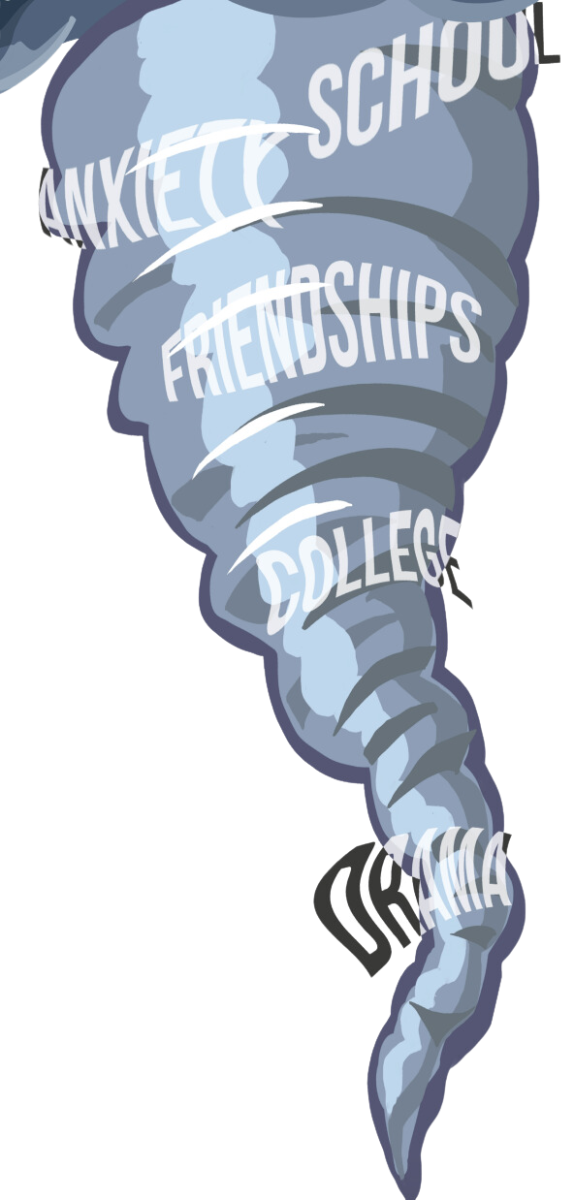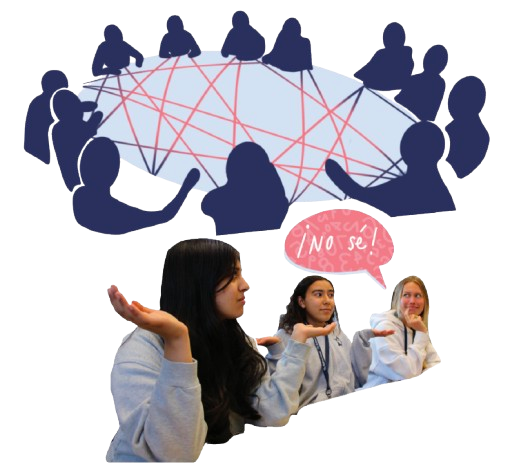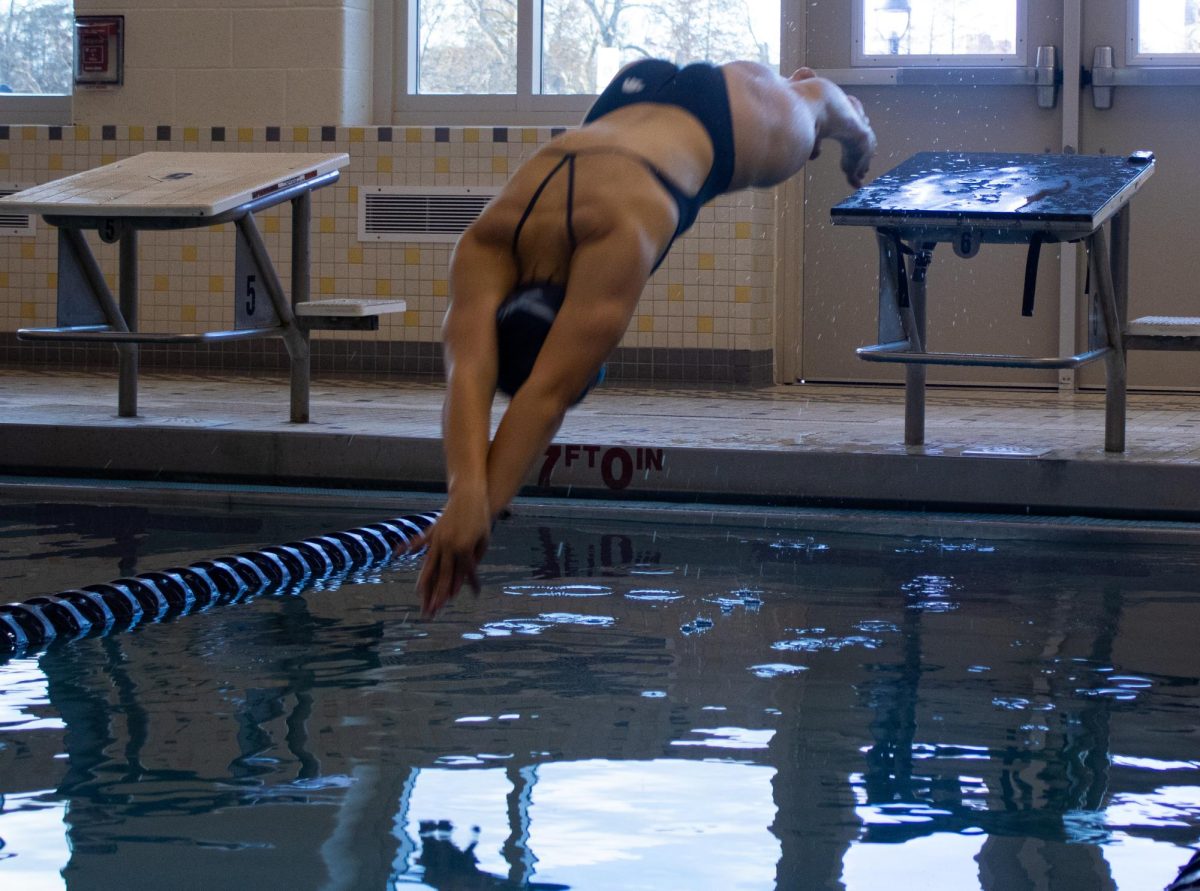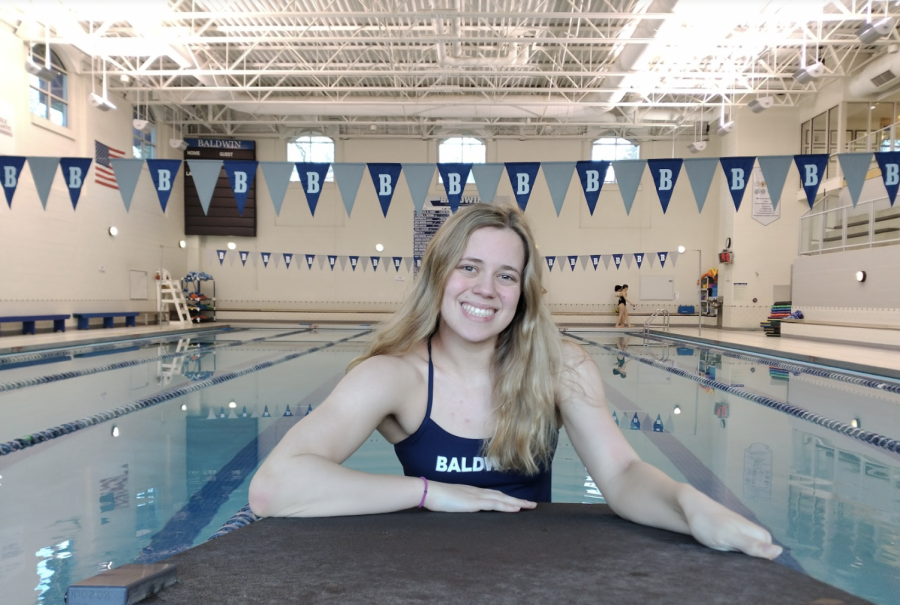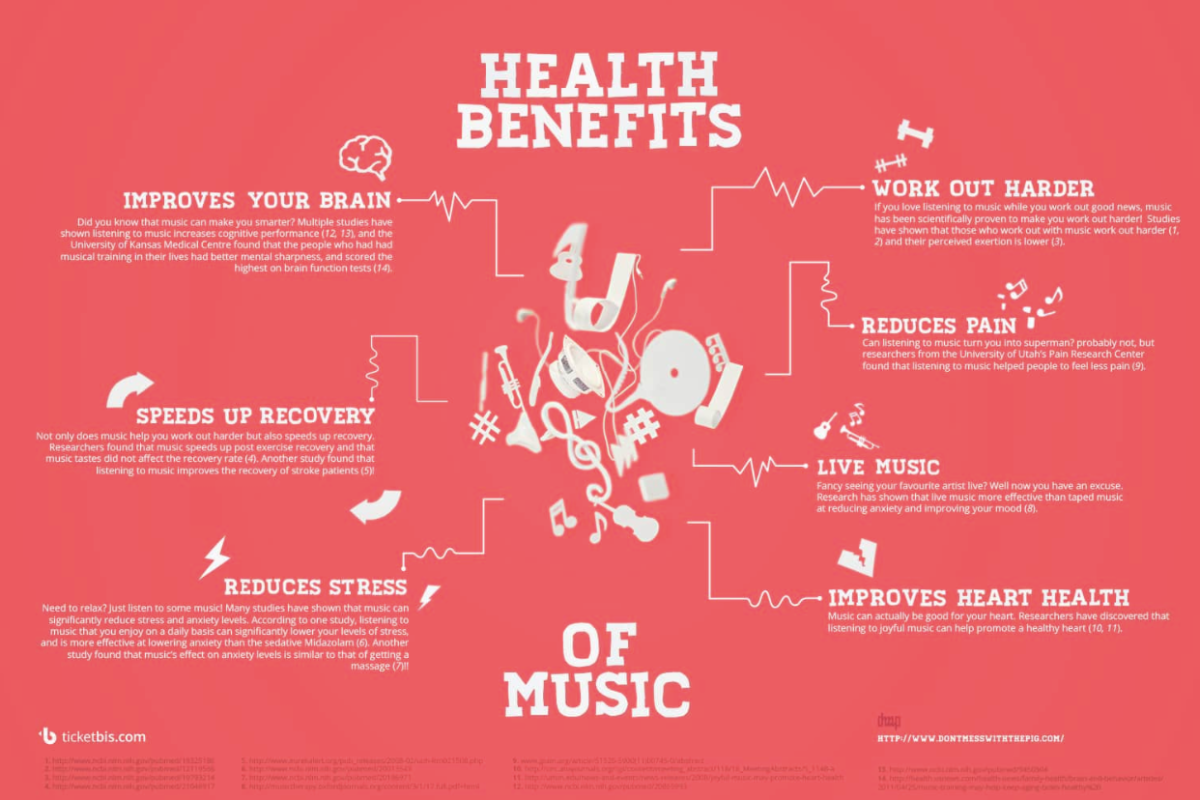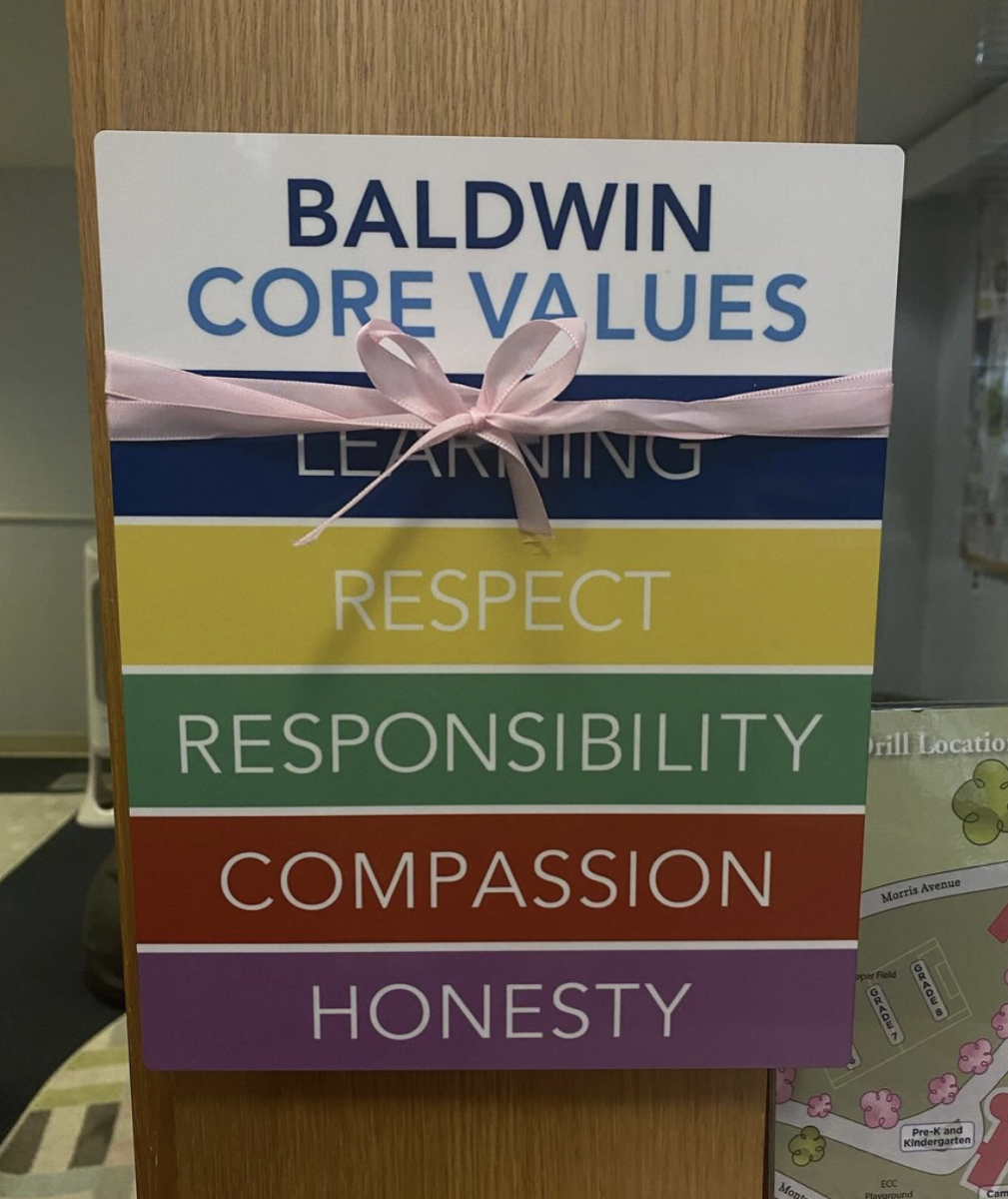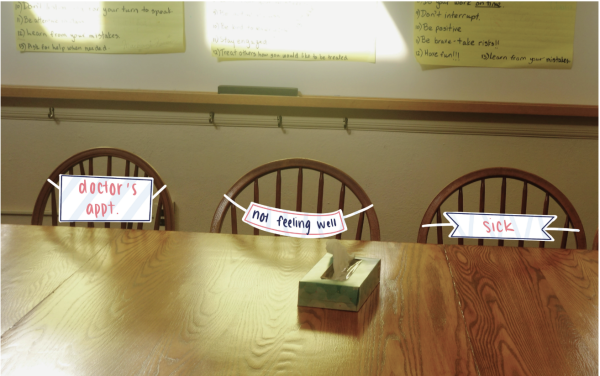Is Baldwin’s Return to Normalcy Too Much, Too Soon?
How are students dealing with post-COVID stress?
What makes Baldwin students “break”? Some say the pandemic was the so-called tipping point, some say we are rapidly approaching burnout, and others think that we’ve been breaking for years.
No one can deny that stress levels among Baldwin students are quite high right now. Ask any student in Baldwin about their sleep schedule, and they’ll tell you it has been decimated because of an essay they simply had to finish.
“I slept two hours because I was busy working on multiple projects after having six cups of coffee,” said Adriana Truscello ‘24.
To put this into perspective, the necessary amount of rest for a teenager is eight to ten hours a night.
These sleep patterns can have major negative effects on our physical health. The most common side effects of staying up late are fatigue and lack of focus, but continuing this behavior is even more detrimental. Falling asleep in class becomes disturbingly frequent, and mental health conditions can worsen significantly. This creates a rather vicious cycle, pushing students to stay up later, as they gradually are not able to be as productive as before.
Last year, it felt like sleep was easier to get due to an 8:30 am arrival time, decreased amounts of homework, fewer tests, minimal end-of-the-year exams, and online school. Baldwin’s return to a pre-pandemic schedule does not allow for any leniency in the sleep department.
Schoolwork is not the only component in our general lack of rest. Baldwin’s competitive academic environment pressures students to polish assignments to ensure an A.
“Because students strive for perfection, success is expected,” said Hafsa Kanchwala ‘25.
And finally, there are numerous other factors in a student’s life besides school, such as sports, extracurriculars, family, social life, and mental and physical health. Many feel that there are simply not enough hours in the day to balance all of these things.
To get some more context about the increased stress at Baldwin this year, I consulted a new history teacher and advisor to the Class of ‘24, Ms. Smith. Ms. Smith was new to Baldwin during the 2020-2021 school year, advising and mainly teaching the freshman class.
I asked her about how Baldwin’s curriculum has changed for the teachers since last year. Ms. Smith answered that because of the expectations that this year is supposed to be a normal school year, many are treating it as a return to life before COVID-19.
“We’re starting to see where expectations of teachers and students are not aligning as they might have before the pandemic,” Ms. Smith said.
Everyone wants a reprieve from the stress of COVID-19, but forcing a normal school year on a generation that is still recovering from a not-normal-year does more harm than good.
“I wasn’t aware of the degree to which everyone was so stressed out and overwhelmed. I think you all are very good at having a stiff upper lip and tamping all that emotion and anxiety down, putting on a brave face,” Ms. Smith said.
Baldwin’s competitive environment and intense workload, especially in the aftermath of a pandemic, contributes to a student culture of academic success rooted in toxic, unsustainable living habits. It is unreasonable to expect top-tier work from a student body struggling to find time for their mental and physical health.
So what is the solution? Pacing. Ellie Delaney ‘22 and Ms. Smith both noted the pacing of school work when asked about the reasons for increased stress levels.
Delaney said, “We go through periods where there’s not much homework, [only] a reading or two, and then all of a sudden, [there are] hours of homework and all these tests, and you’re completely unprepared for it.”
For a better insight on the administration’s perspective, we talked with Mrs. Reed about student stress and actions the faculty are taking to combat it.
“This is an environment where there is what I refer to as contagious stress,” Mrs. Reed said. “I don’t know what breaks that. Last year wasn’t a year off. Everyone was working, but it was not a usual year.”
Baldwin’s faculty have been brainstorming since the very beginning to find innovative pacing solutions for this complex issue.
Mrs. Reed said, “We are on the same team,” meaning that this is not a student versus administrator or student versus teacher situation, but the Baldwin students and administration are working together to combat stress and the effects of COVID.
Overall, the stress levels at Baldwin are rising drastically. While the administration is trying to support and help with these problems, students are still abnormally overworked and overstressed.









